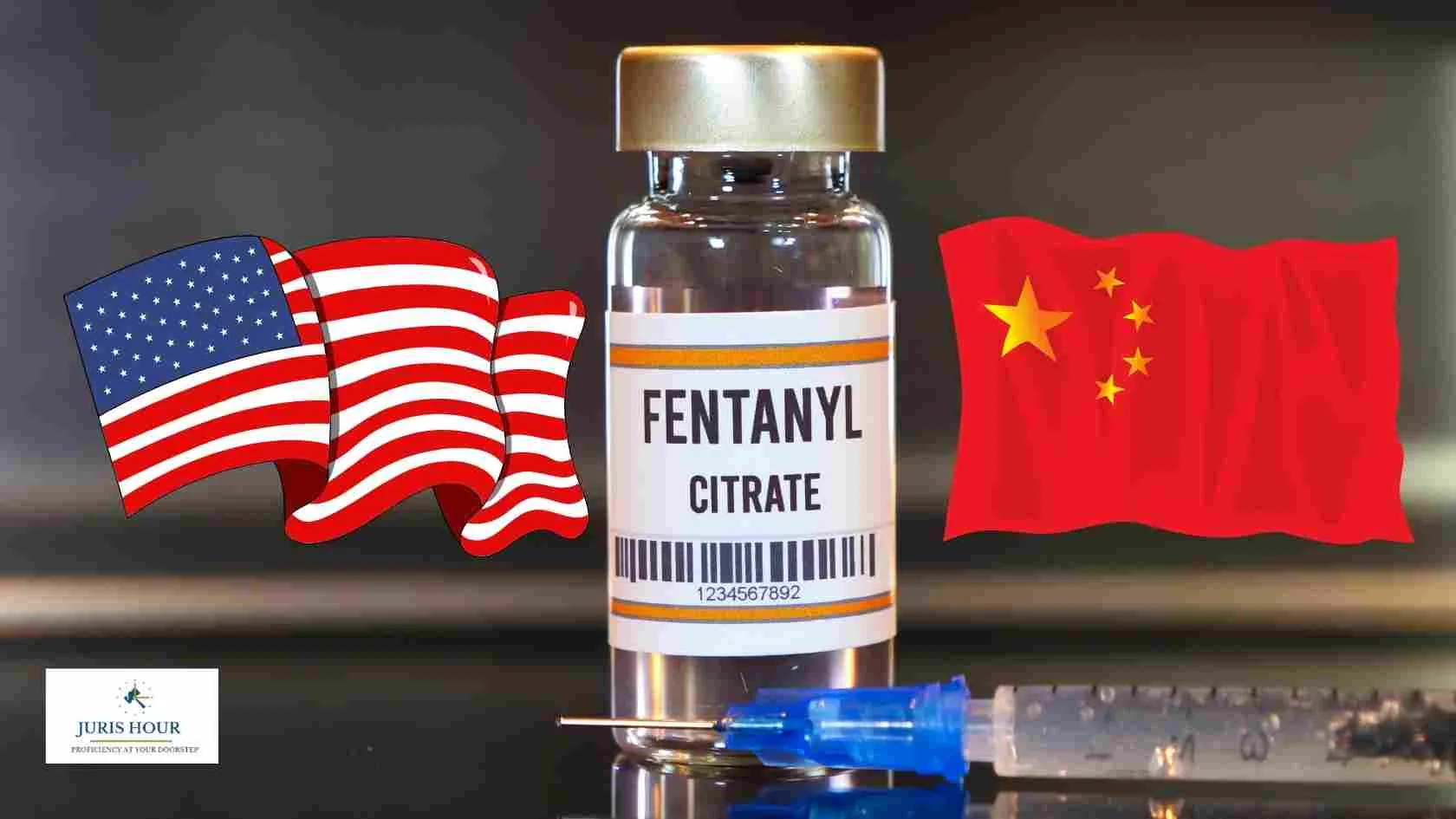As the United States doubles down on its tariff campaign against China over synthetic opioid precursors, a deeper, underreported story is emerging beneath the headlines: this isn’t just about fentanyl—it’s about redefining leverage in a fragmented global order.
While major news outlets have spotlighted the 30% tariffs and China’s formal addition of two key precursor chemicals to its controlled substance list, what’s being missed is how pharmaceutical security and supply chain dominance are now becoming new currency in global diplomacy.
Not Just Drugs — Strategic Chemicals as a Power Tool
At the heart of this trade spat are two obscure compounds: 4-piperidone and 1-boc-4-piperidone. To the public, they mean little. But in the pharmaceutical world, they sit at the crossroads of legitimate medicine and illicit drug manufacturing.
While the U.S. frames its tariff campaign as a crackdown on fentanyl’s supply chain, experts suggest this may be part of a broader strategy to disrupt China’s monopolistic position in global chemical exports, a sector it dominates across both therapeutic and illicit domains.
“This is about more than narcotics,” said Dr. Anita Desai, a pharmaceutical trade analyst. “It’s about weakening a rival’s control over precursor molecules that power half the world’s medical supply lines.”
Unseen Impact: Emerging Economies at Risk
What most media narratives miss is how developing nations may become collateral damage. With tariffs increasing costs on base chemicals sourced from China, drug prices in countries dependent on generics may rise—especially in Southeast Asia and parts of Sub-Saharan Africa.
This silent consequence threatens public health systems that rely on inexpensive imports for basic medicines such as antibiotics and anesthetics—many of which use the same supply chains that produce fentanyl precursors.
Chemical Compliance or Trade Chess?
China’s move to regulate these substances could be seen as a rare concession. Yet, sources within academic and legal circles suggest this was likely a calculated gesture aimed at gaining favor with European partners and the Global South, not just Washington.
“By aligning with UN chemical control conventions, Beijing is building credibility with non-Western nations it hopes to win over,” said Prof. Wei Zhang, a global governance scholar at Fudan University. “This is soft diplomacy via chemical regulation.”
WTO Challenges Loom—but Unspoken Realities Matter More
Though China is reportedly preparing a WTO case against the U.S. tariffs, insiders believe the legal battle is secondary. The real battlefield is narrative control—and China is already leveraging state media to portray itself as a rule-abiding partner unfairly targeted by U.S. domestic failures.
Meanwhile, Washington is shaping its messaging around the opioid crisis, appealing to voters by appearing tough on both crime and China.
“In an election year, fentanyl is more than a crisis—it’s a campaign weapon,” said U.S. policy strategist Rachel Lin. “The tariffs, whether effective or not, are a signal to the electorate: ‘We’re doing something.’”
The Bigger Picture: Trade Tools in the Age of Crisis
What makes this moment unique—and largely overlooked—is how public health and trade policy have fused into a single instrument of foreign policy. Unlike traditional tariffs based on steel, tech, or agriculture, these new measures are justified by biosecurity concerns, a domain once considered apolitical.
If successful, the U.S. may establish a dangerous precedent: that any global health issue with a traceable international source could become grounds for unilateral economic action.
“Today it’s fentanyl. Tomorrow it could be antibiotics, vaccines, even contraceptives,” warned Dr. Kavya Sharma, a WHO consultant on health equity.
Conclusion: More Than Tariffs, Less Than Strategy
As of now, neither side shows signs of backing down. China’s chemical compliance may offer short-term diplomatic relief, but Washington’s tariff campaign reveals a bigger ambition: to set the terms for a future where pharmaceuticals, national security, and global trade are no longer separate conversations.
And in that future, who controls the molecule, controls the moment.
Read More: Trump Announces 30% Tariffs on Mexico and EU: Global Trade on Edge

